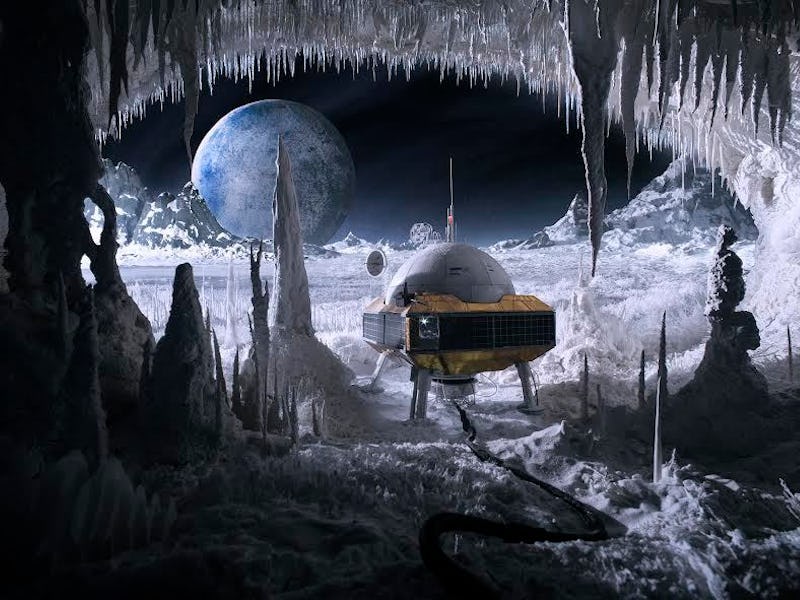This New Battery Could Power the Future of Space Exploration
A battery that can deal with ultra-cold temperatures.

Lithium-ion batteries make almost every facet of modern-day technology possible. They power smartphones across the globe and have even been employed by NASA for a variety of space applications.
There is one big problem, though: Lithium batteries perform pretty poorly in cold temperatures. This means that on a cold winter day and especially in the subzero environments of space, these crucial power sources function at a fraction of their full capacity.
But two researchers at Fudan University in Shanghai have created a hybrid lithium battery that has no issues providing juice at temperatures as low as -94 degrees Fahrenheit (-70 degrees Celsius). Dr. Yong-yao Xia, a co-author of the study, believes this holds the key to powering future probes and satellites.
“[The battery] provides the most promising potential for special field application, such as outer space or near outer-space exploration. It [is] much colder on the opposite [side] of the Sun at the International Space Station, in which the temperature can reach as low as -157 [degrees Celsius],” Xia tells Inverse. “However, it has been widely reported that at -40 [degrees Celsius] conventional lithium-ion batteries only retain [about] 12 percent of their room temperature capacity.”
This photograph shows a lithium battery that operates at -94 degrees Fahrenheit (-70 degrees Celsius).
In a paper published Wednesday in the journal Joule, Xia and Yonggang Wang explain the tweaks they made to the design of traditional lithium-ion batteries to solve this pesky issue.
Batteries are made up of two electrodes — one positively charged and the other negatively charged — and a liquid electrolyte that carries the charge between the two electrodes.
Conventionally, the electrolyte is made up of an acidic compound known as ester, which becomes sluggish in extremely cold conditions. Xia and Wang decided to use a different acid and replace the both the electrodes with two organic compounds.
The team’s design uses an ethyl acetate-based electrolyte, which has a low freezing point. This allows it to conduct charge in the freezing conditions of outer space. They then replaced the positive electrode with polytriphenylamine (PTPAn) and the negative one with 1,4,5,8-naphthalenetetracarboxylic dianhydride (NTCDA), which do their job far more effectively than standard electrodes in subzero environments.
While Xia and Wang have taken the first steps in solving an issue that has perplexed researchers in the field, their design isn’t quite ready for space exploration just yet. Their battery is not as energy-dense as standard commercial batteries, meaning it holds less charge than something you could get at a store.
“At current stage, the obtained results are limited at the laboratory-level,” explained Xia. “Further investigation on electrolyte with much wide electrochemical window…should still be carried out to improve the charge [and] discharge performance at low temperature. Even, it has low specific energy; it provides the most promising potential in the special field applications.”
With more research, astronomers could launch fleets of exploratory drones and probes without worrying about them powering down half way through their mission. Oh and if they ever stumble upon an ice planet, like Hoth, there won’t be any issues either. Hopefully.